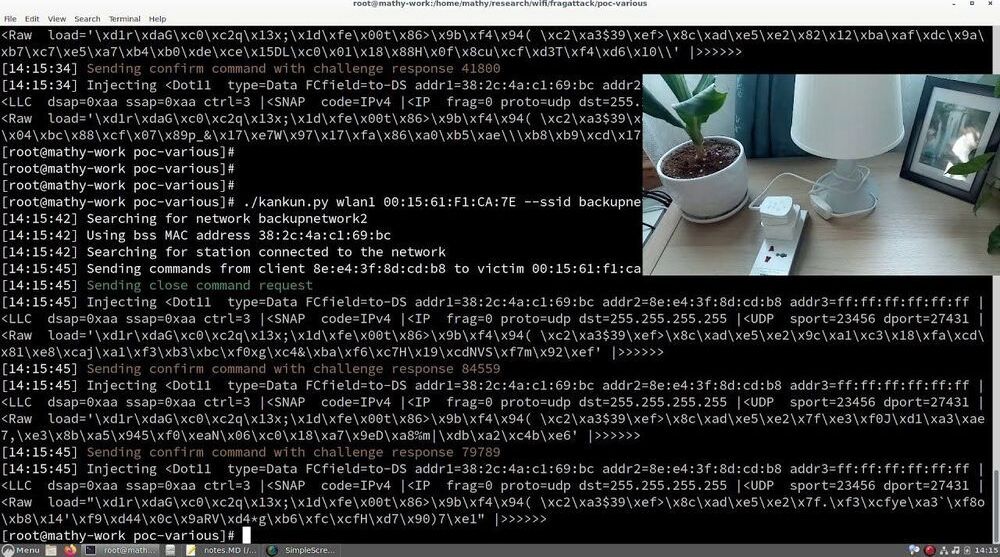They’ve been dubbed “FragAttacks”.
The researcher, Mathy Vanhoef, calls the collection of vulnerabilities “FragAttacks,” with the name being a mashup of “fragmentation” and “aggregation.” He also says the vulnerabilities could be exploited by hackers, allowing them to intercept sensitive data, or show users fake websites, even if they’re using Wi-Fi networks secured with WPA2 or even WPA3. They could also theoretically exploit other devices on your home network.
There are twelve different attack vectors that fall under the classification, which all work in different ways. One exploits routers accepting plaintext during handshakes, one exploits routers caching data in certain types of networks, etc. If you want to read all the technical details on how exactly they work, you can check out Vanhoef’s website.
According to The Record, Vanhoef informed the WiFi Alliance about the vulnerabilities that were baked-in to the way Wi-Fi works so they could be corrected before he disclosed them to the public. Vanhoef says that he’s not aware of the vulnerabilities being exploited in the wild. While he points out in a video that some of the vulnerabilities aren’t particularly easy to exploit, he says others would be “trivial” to take advantage of.
